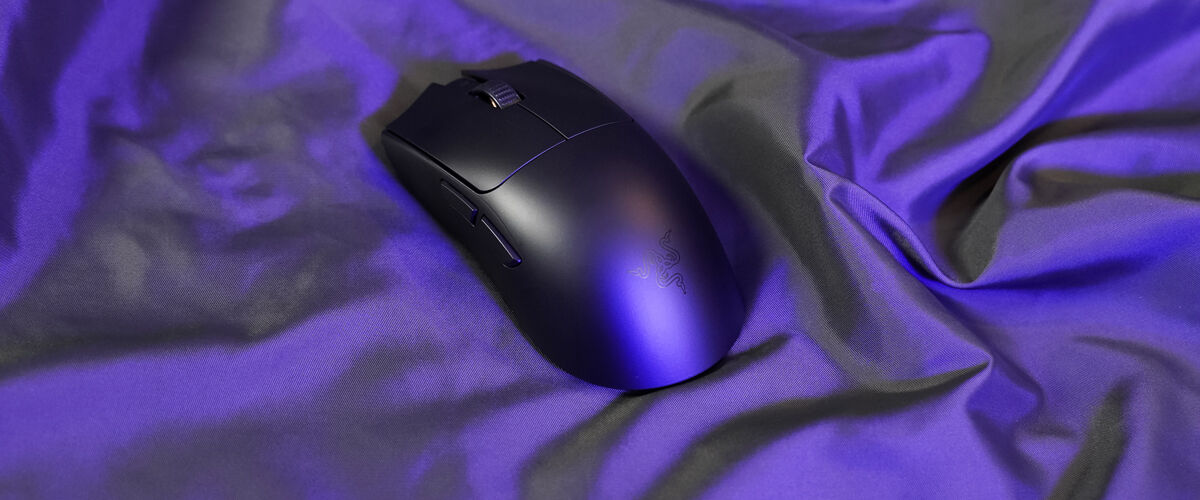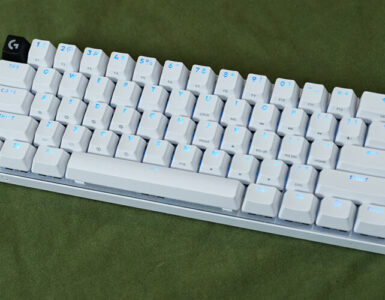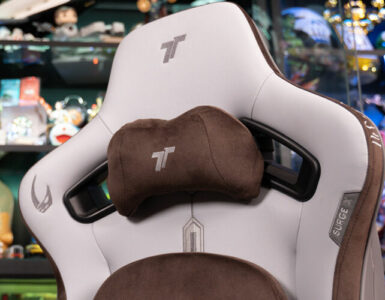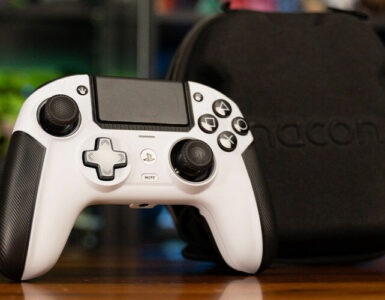Be it casual or hardcore, tech accessory giant Razer is no stranger to gaming needs. The company has dedicated naming conventions for its various offerings, with the mice range themed after snake types and distinguished by their expertise. There’s the Naga, built for MOBA and MMO enthusiasts, the shooter-focused DeathAdder, and the Viper Mini iteration, which fits in smaller hands and supports ambidextrous play — you get the idea.
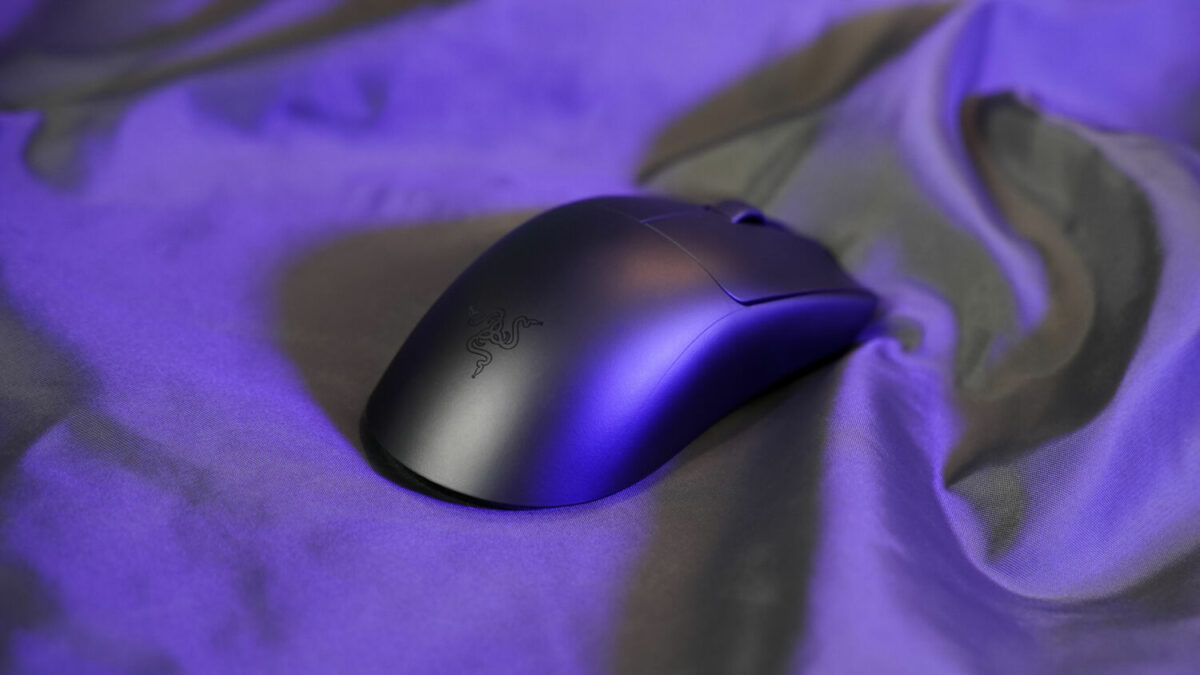
The overarching idea is clear that just like its real-world inspirations, these devices are whip-fast and deadly, placing a heavy emphasis on performance. Specially crafted for highly-competitive and professional players, the upgraded Razer Viper V3 Pro is the most hardcore of the lot, and certainly a force to be reckoned with.
Rooted in the esports culture, it inherits the distinctive features of a typical gaming mouse. A lightweight form factor is a given, so any unnecessary weight-bearing element, no matter how minute, has been shaved. This design philosophy extends to bells and whistles like RGB lighting, which can drain battery life and add heft to the overall build.
Instead, the latest rodent adopts a low-profile, all-black design aesthetic that takes more after its entry-level Hyperspeed cousin than the previous iteration. The angular, cyberpunk-like cutout is gone, replaced by a softer, streamlined look on the Viper V3 Pro, and a lowered bump on the rear.
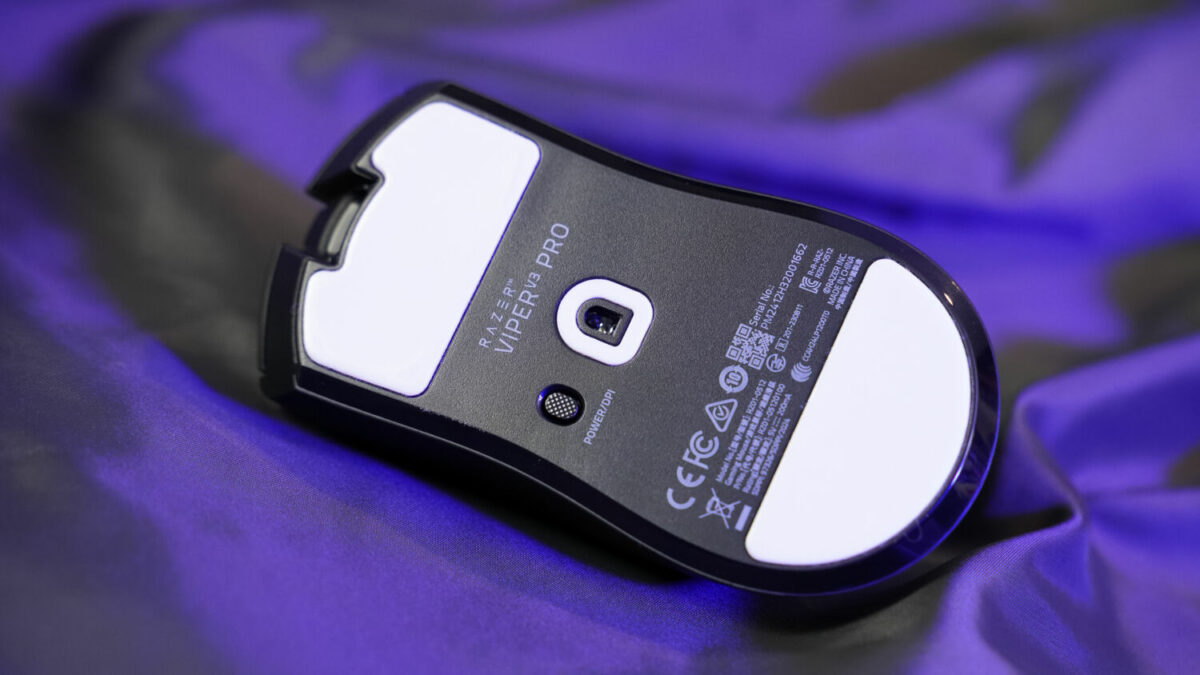
A ridged scroll wheel and battery indicator sit between two clickers, with the Razer logo added to the other end. On the left side are two flankers, while the base houses the dual-function power/DPI switch button, adjacent to the company’s newest Focus Pro 35K optical sensor. Notably, the mouse sports two extra large 100 percent PTFE feet, allowing for increased gliding smoothness across various surfaces, including glass and wood.
It serves as a nice little bonus rather than a sine qua non, because the impressively lightweight build already offers an edge over the majority of its kind. At 54 grams, the Viper V3 Pro is a serious featherweight that feels airy to the touch, giving off the impression of being less premium than it actually is. The plastic shell is a bit of a mixed bag here – while meant to ensure minimal mass, it captures fingerprints and oil residue too easily.
In the hand, the mouse is a comfortable fit. It complements different grip preferences, from the more common claw and palm grips to everything else in between (a claw-and-palm hybrid style was primarily used for this review), with the Razer Gen-3 optical switches lending a crisp, speedy touch to clicks. The main buttons are solid and very responsive, wrung with just the right amount of tension; the clicks can be a little loud, however.
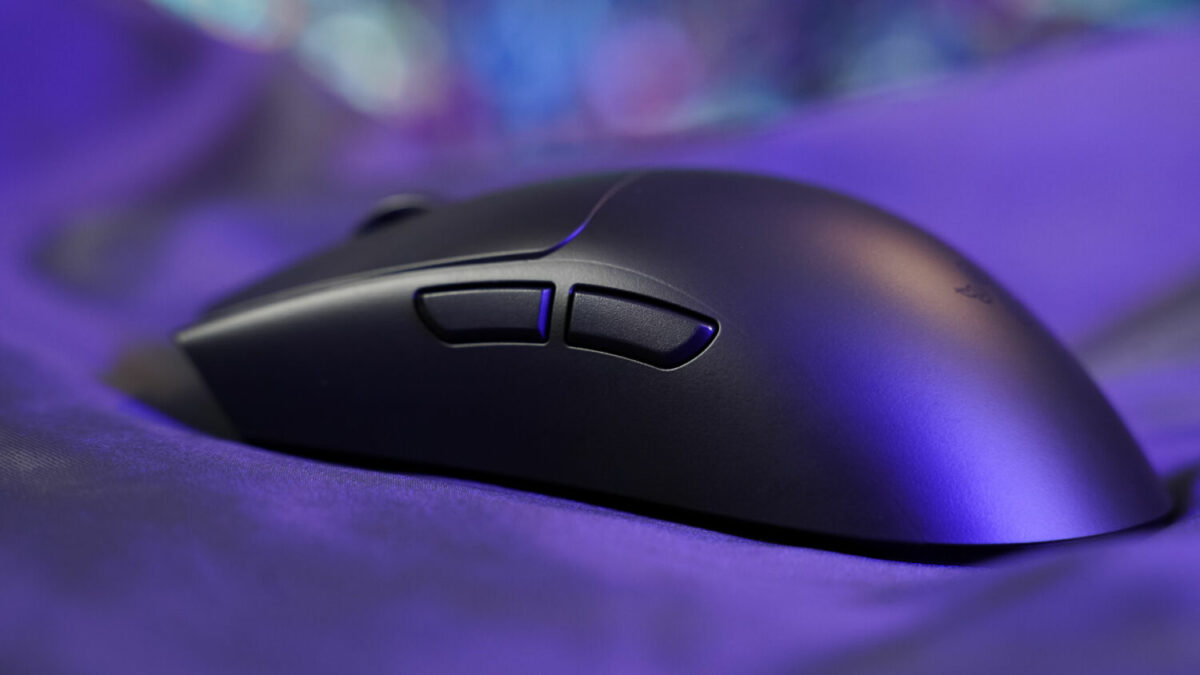
Likewise, the side buttons and scroll wheel also performed smoothly. Stable, firm, and nicely spaced out, the former reduces the likelihood of misclicks, proving handy for users who use them as keybinds for dodging, melee, or other common in-game actions. The scroll wheel, meanwhile, offers a tactile touch that makes it ideal for weapon-switching in the middle of a game, but otherwise, is a little stiff to be efficient for day-to-day tasks like reading a long document.
The debut of the second-gen Focus Pro sensor marks another upgrade over its predecessor. The Viper V3 Pro is the first in the lineup to pack maximum dots per inch (DPI) of 35,000, alongside existing features such as a 750 IPS maximum speed, and different lift-off and landing distances.
Pressing the sole button at the base lets users adjust their mouse sensitivity and even DPI increments of 1, which comes across as a little excessive even for professional esports players. The new Sensitivity Matcher tool is arguably more notable, giving individuals the ability to calibrate the mouse to match the performance and sensitivity of other mice on the Razer Synapse app.
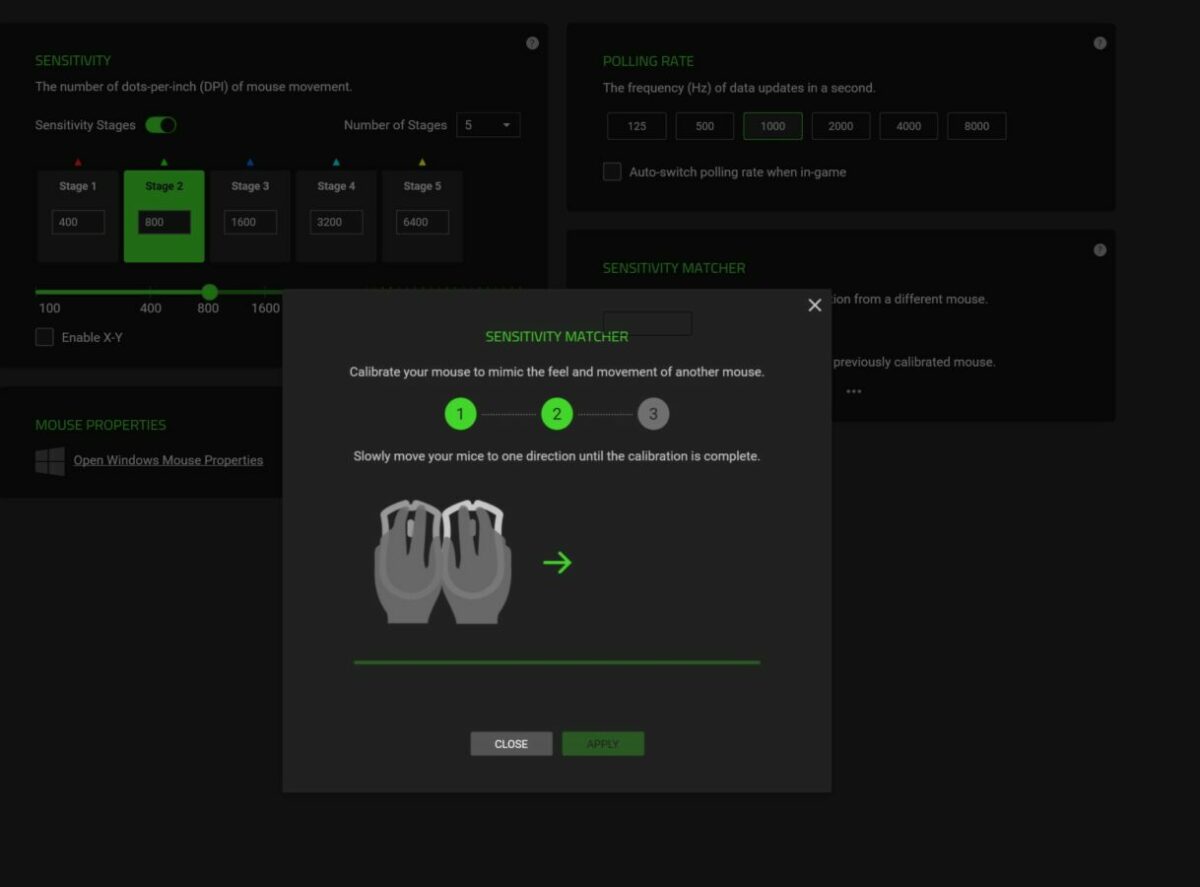
Here’s how it works – place both devices side by side, and slide them across the same surface. The software will then line up the DPI of the Viper V3 Pro with the feel of the other, bypassing the manual tweaking process of adapting an existing gameplay style to a new setup. It’s a convenient, nifty trick that takes under a minute to complete, proving accurate in syncing the DPI count for Razer’s latest with its Logitech G Pro X Superlight 2 counterpart (800 for both).
The real attention-grabber, though, is an 8,000Hz polling rate – a feat that most mice can only dream of achieving, much less wirelessly. Funnily enough, the Viper V3 Pro tops out at 1,000 Hz with wired connection, despite higher frequencies clocked when plugged in. Again, this won’t affect most gamers, but competitive players will appreciate the reduced latency, no matter how insignificant it appears to be.
To that end, a 8,000Hz polling rate means the delay from data transmission per second has been cut down from one millisecond at 1,000 Hz to one-eighth of a millisecond, resulting in theoretically faster speeds. Part of the credit also goes to Razer’s HyperPolling 2.4GHz wireless dongle, and it comes with a catch.

While the brand’s offerings often lack a dongle storage compartment, it becomes more of an issue here. The HyperPolling dongle requires a separate USB-C wire to stay connected with, making the Viper V3 Pro unwieldy to carry around, especially for travelling, and inviting unwanted wire mess. It’s wasted potential, since the mouse’s featherlight chassis is ideal for portability, and doesn’t quite fit in with the clean, minimalist look that it wears.
In play, there’s virtually nothing to complain about. Between the cutting-edge technology and extra large feet, snapping and tracking both prove to be a seamless affair. The twitch-sensitive sensibilities will take a while to get used to, but once that’s clamped down, even smaller actions like gliding or jumping feel more fluid.
First-person shooters and fast-paced titles expectedly reap the most benefits. In Apex Legends and Overwatch 2, aim down sights (ADS) movement and wrist flicks were precise and snappy, complementing the controlled nature of hip-firing and spray-and-pray play styles. Pitting it against the depths of the Underworld in Hades 2 yielded a highly-enjoyable experience, even if controller gameplay is the recommended default. The only drawback is its strength – the Viper V3 Pro won’t be significantly different from other ultralight mice for the everyday user, reinforcing its focus on the competitive market.
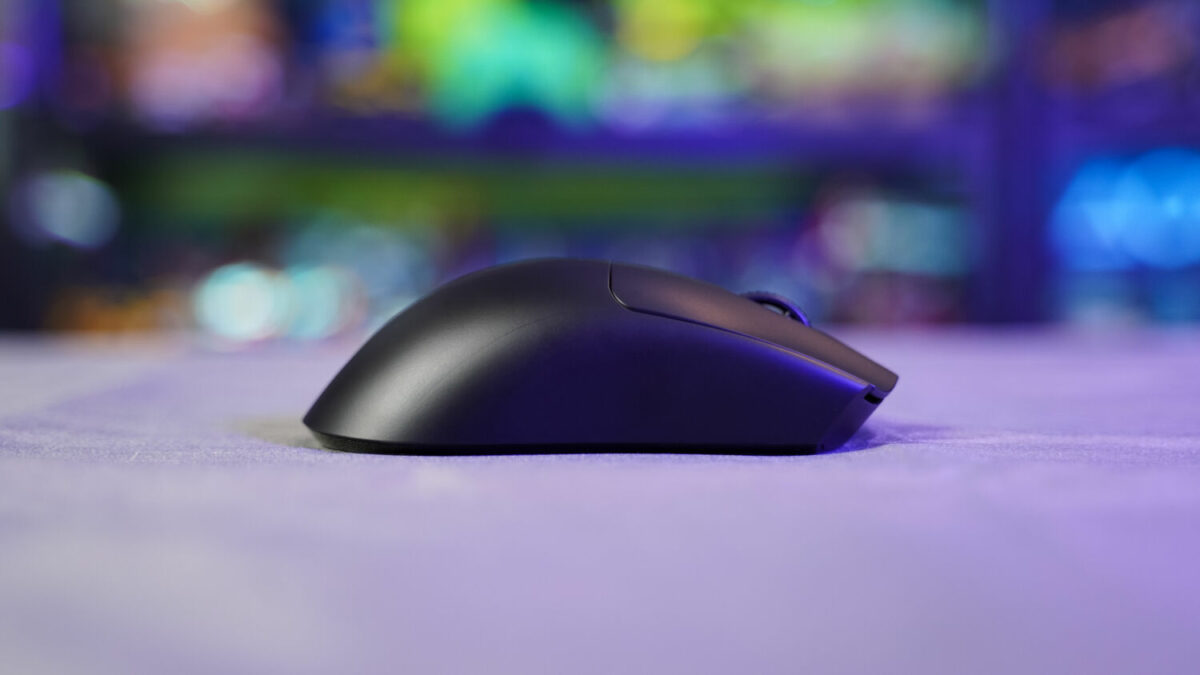
Depending on mileage, battery life can be a potential downside as well. The rodent touts a theoretical 95-hour charge at 1,000Hz polling rate, a fairly accurate estimation that translates to recharging efforts every two-and-a-half weeks. Bumping it up to 8,000Hz lowers the cap to around 17 hours, however, marking a significant difference.
Considering its niche, herein lies the question: is the upgrade worth it? At S$239, the powerhouse sings to the pricing tune of similar high-end models, but its value is somewhat diminished by the lack of versatility beyond gaming. There are better balanced and bang-for-the-buck choices on the market for casual gaming enthusiasts that can meet general demands without performance compromises.
For the cream-of-the-crop few and the most hardcore of individuals, the Viper V3 Pro promises to be a worthy investment. It epitomises the apex of gaming, where speed reigns supreme and holds the key to victory. After all, why settle for the rest, when you can settle for the best?
GEEK REVIEW SCORE
Summary
Representing the best of what gaming has to offer, the Razer Viper V3 Pro isn’t for everyone. Those able to harness the full potential of its highly-tailored features, however, won’t be disappointed, finding ultimate enjoyment in having the world as their playground.
Overall
8.3/10-
Aesthetics - 7/10
7/10
-
Build Quality - 9/10
9/10
-
Performance - 9/10
9/10
-
Value - 7.5/10
7.5/10
-
Geek Satisfaction - 9/10
9/10

